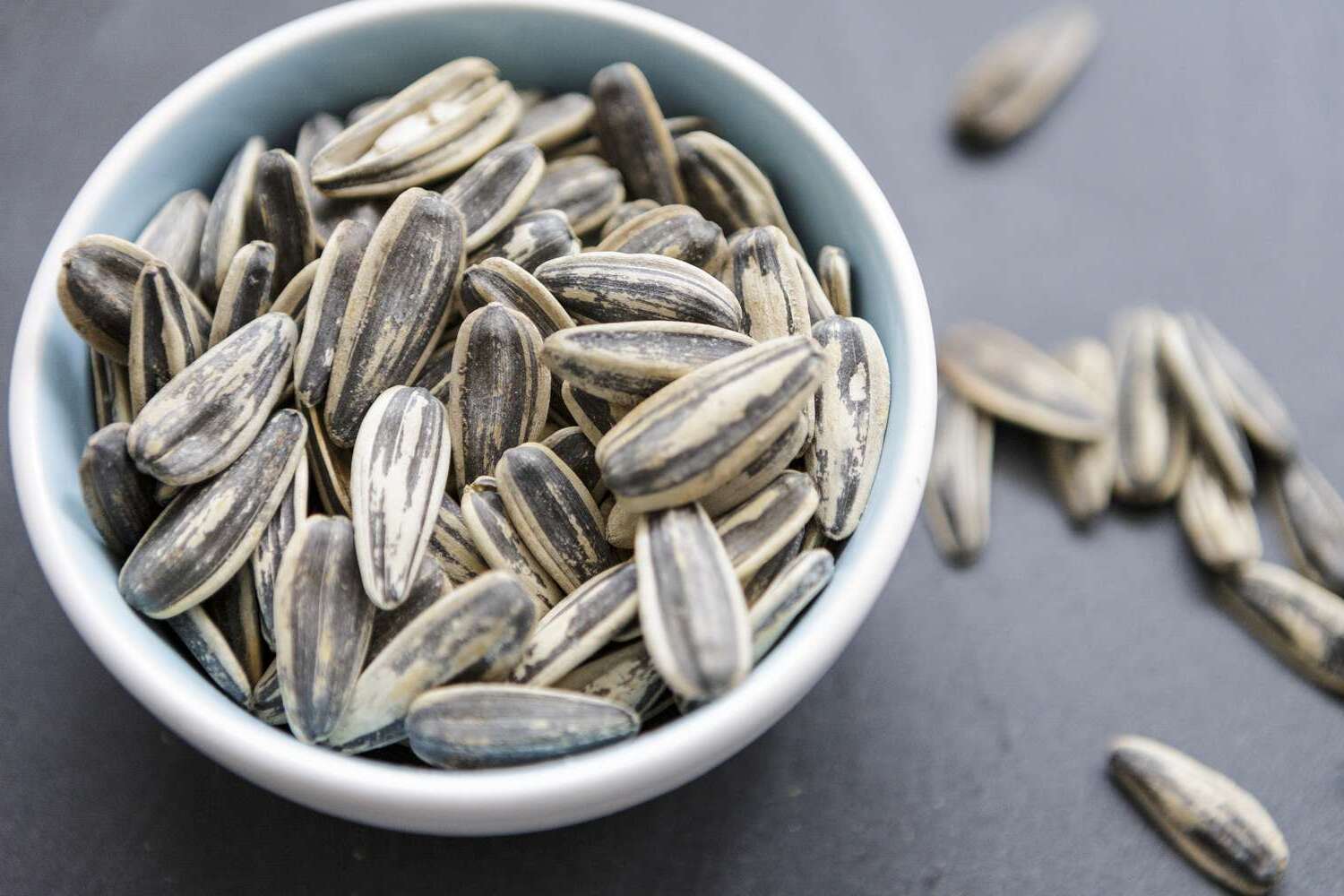
Seeds are tiny powerhouses of life, holding the potential to grow into towering trees, vibrant flowers, or lush vegetables. But how much do you really know about these little wonders? Did you know that some seeds can remain dormant for years, waiting for the perfect conditions to sprout? Or that the smallest seed in the world comes from an orchid and is as fine as dust? Seeds come in all shapes, sizes, and colors, each with unique features and survival strategies. From the explosive seed pods of the touch-me-not plant to the buoyant seeds of the coconut palm that travel across oceans, the world of seeds is full of surprises. Get ready to uncover 25 amazing facts about seeds that will leave you marveling at nature's ingenuity.
Seeds: Nature's Tiny Powerhouses
Seeds are fascinating. They hold the potential to grow into towering trees, vibrant flowers, or nourishing crops. Let's dive into some intriguing facts about these small but mighty wonders.
-
Seeds contain a plant embryo. Inside every seed is a tiny plant waiting to sprout. This embryo includes the beginnings of roots, stems, and leaves.
-
Seeds have a protective coat. This outer layer, called the seed coat, shields the embryo from damage and disease.
-
Seeds can remain dormant for years. Some seeds can lie inactive for decades, waiting for the right conditions to germinate.
-
Seeds need water to germinate. Water activates enzymes that kickstart the growth process, breaking the seed coat and allowing the embryo to grow.
-
Seeds come in various shapes and sizes. From the tiny orchid seed to the massive coconut, seeds vary greatly in appearance.
The Diversity of Seeds
Seeds are incredibly diverse, reflecting the wide range of plant species they come from. Here are some amazing facts about their diversity.
-
Coconut seeds are the largest. The coconut is the largest seed in the world, weighing up to 66 pounds.
-
Orchid seeds are the smallest. These seeds are so tiny they are almost dust-like, making them difficult to see with the naked eye.
-
Some seeds are designed to float. Seeds like those of the coconut can float on water, helping them travel long distances.
-
Other seeds are designed to fly. Maple seeds have wing-like structures that allow them to glide through the air.
-
Some seeds need fire to germinate. Certain plants, like the lodgepole pine, require the heat from a fire to open their cones and release seeds.
The Role of Seeds in Ecosystems
Seeds play a crucial role in ecosystems, supporting plant life and providing food for animals. Here are some facts about their ecological importance.
-
Seeds are a food source. Many animals, including birds, insects, and mammals, rely on seeds for nutrition.
-
Seeds help plants reproduce. By spreading seeds, plants can grow in new areas, ensuring their survival.
-
Seeds can travel long distances. Animals, wind, and water can carry seeds far from their parent plants.
-
Seeds can survive harsh conditions. Some seeds can withstand extreme temperatures, drought, and even space travel.
-
Seeds contribute to soil health. When seeds germinate and grow, they help stabilize soil and prevent erosion.
Human Use of Seeds
Humans have utilized seeds for thousands of years for food, medicine, and more. Here are some interesting facts about how we use seeds.
-
Seeds are a staple food. Many of our primary food sources, like rice, wheat, and corn, come from seeds.
-
Seeds are used in medicine. Some seeds, like those of the castor plant, have medicinal properties.
-
Seeds are used to make oils. Sunflower, sesame, and flax seeds are pressed to produce cooking oils.
-
Seeds are used in beverages. Coffee and cocoa beans are seeds that are processed to make popular drinks.
-
Seeds are used in agriculture. Farmers plant seeds to grow crops, ensuring a steady food supply.
Fun and Unusual Seed Facts
Seeds can be quirky and surprising. Here are some fun and unusual facts about them.
-
Some seeds are toxic. Certain seeds, like those of the apple, contain small amounts of cyanide.
-
Seeds can be ancient. The oldest viable seed ever discovered was a 2,000-year-old date palm seed.
-
Seeds can be explosive. The sandbox tree's seed pods can explode, flinging seeds up to 100 feet away.
-
Seeds can be sticky. Some seeds have barbs or hooks that allow them to stick to animal fur or human clothing.
-
Seeds can be colorful. While many seeds are brown or black, some, like those of the scarlet runner bean, are bright and vibrant.
Seeds: Nature's Tiny Powerhouses
Seeds pack a punch. They hold the blueprint for life, ensuring plants thrive and ecosystems flourish. From ancient grains to modern crops, seeds have shaped human history. They provide food, medicine, and even fuel. Some seeds, like quinoa and chia, are nutritional powerhouses, while others, like the giant coco de mer, amaze with their size. Seeds can survive harsh conditions, waiting years to sprout. They travel by wind, water, and animals, spreading life far and wide. Understanding seeds helps us appreciate biodiversity and the delicate balance of nature. Next time you see a seed, remember its potential. It's not just a tiny speck; it's a marvel of nature, ready to grow, nourish, and sustain life. So, whether you're planting a garden or enjoying a meal, give a nod to these incredible little powerhouses.
Was this page helpful?
Our commitment to delivering trustworthy and engaging content is at the heart of what we do. Each fact on our site is contributed by real users like you, bringing a wealth of diverse insights and information. To ensure the highest standards of accuracy and reliability, our dedicated editors meticulously review each submission. This process guarantees that the facts we share are not only fascinating but also credible. Trust in our commitment to quality and authenticity as you explore and learn with us.


